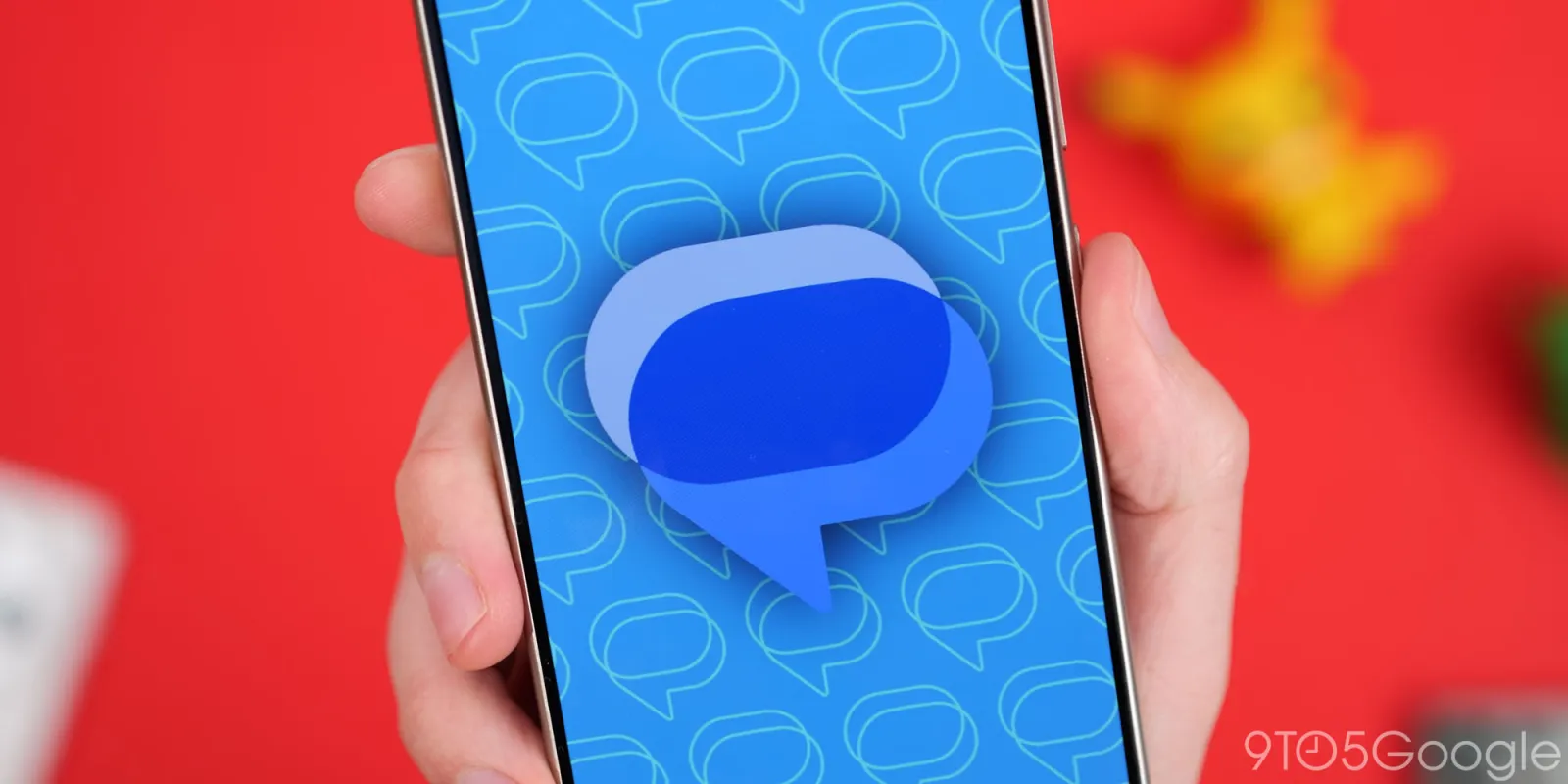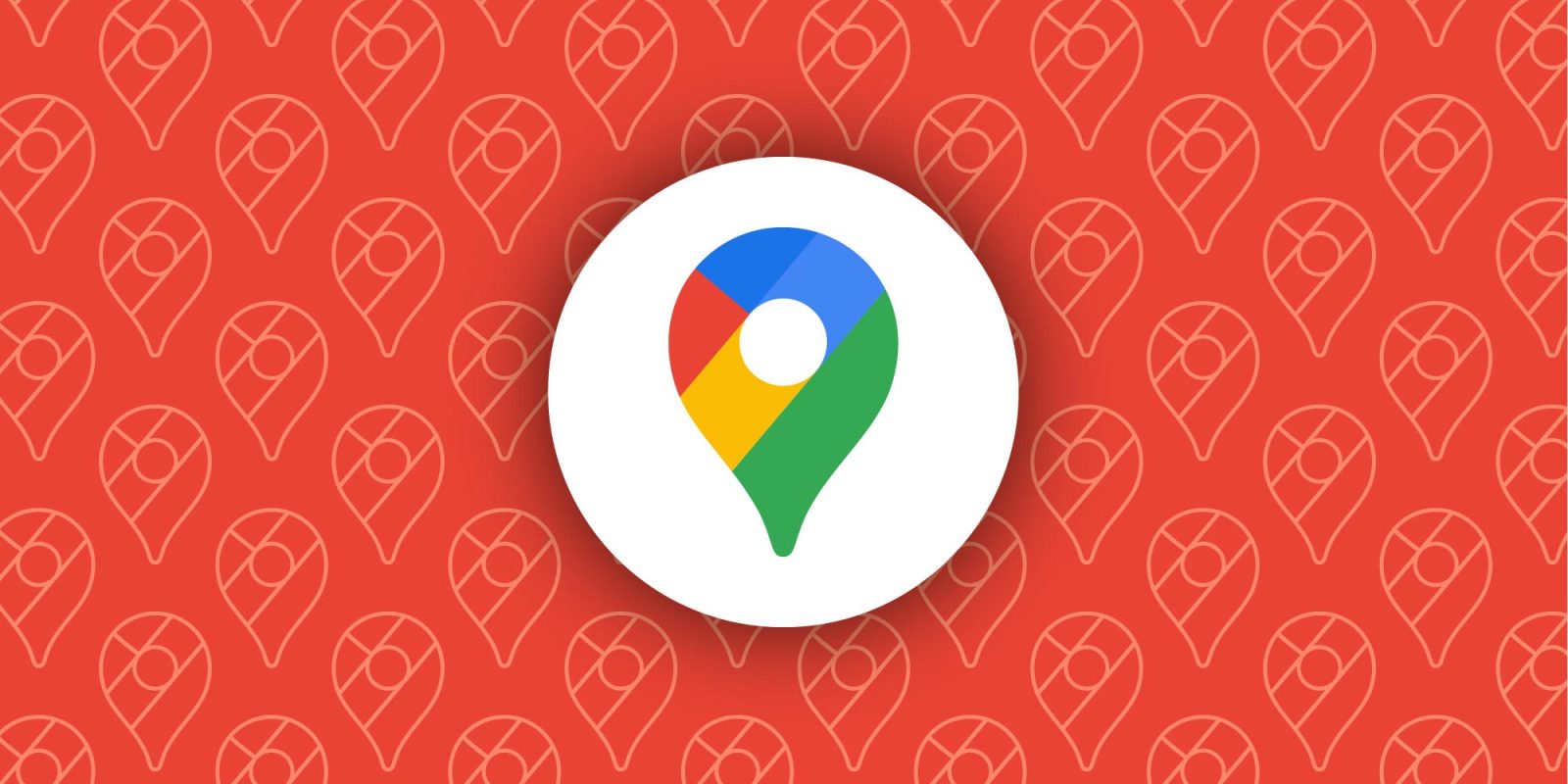Google Account


On a Google support page, the company says it is rolling out a new option to let users change their email address even if it is an “@gmail.com” address.
Expand Expanding Close
Following the Android version in June, the Google Account page on the web has been redesigned and simplified with Material 3 Expressive elements.
Expand Expanding Close
The account menu was the last non-Material 3 Expressive aspect of Google Messages and it has now been updated.
Expand Expanding Close
In addition to safety features for Android’s Messages app, Google is introducing new Account recovery tools today, like establishing trusted contacts.
Expand Expanding Close
Following Android, most Google apps on iOS now have the redesigned Google Account menu and switcher.
Expand Expanding Close
The fullscreen Google Account switcher started rolling out earlier this year, and the menu redesign is now coming to the remaining first-party apps.
Expand Expanding Close
In the US, Google is beginning to use an age estimation model to detect whether Account users are under or over 18.
Expand Expanding Close
Material 3 Expressive continues to make its way to Android with the Google Account page getting a redesign.
Expand Expanding Close
Google is redesigning the Account switcher that appears in the top-right corner of every first-party app to be a fullscreen experience instead of a floating window that preserves context.
Expand Expanding Close
Google is currently in the process of redesigning the Account switcher in the top-right corner of every first-party Android app to go fullscreen. It looks to be aligned with Material 3 Expressive, but I just think it’s a superfluous design.
Expand Expanding Close
The Fitbit migration to Google Accounts started in 2023, and will be mandatory in February of 2026 to continue accessing your health data.
Expand Expanding Close
SMS or text message-based two factor authentication (2FA) is not considered secure, and Google wants to replace that confirmation step with QR codes when creating a new Gmail account.
Expand Expanding Close
Google is starting to roll out a fullscreen account switcher in its first-party apps, starting with Gmail for Android.
Expand Expanding Close
Google might let you hide your actual email address from Android apps with a new “Shielded Email.”
Expand Expanding Close
After introducing on iOS last year, Chrome for Android and desktop will soon replace the “Chrome Sync” system with a more standard Google Account sign in approach.
Expand Expanding Close
In recent weeks, Google has been emailing users — “Manage your saved addresses in your Google Account” — about a new way to view all the addresses you’ve ever given the company.
Expand Expanding Close
To mark World Password Day, Google is highlighting its progress on passkeys, which will soon work with the Advanced Protection Program (APP).
Expand Expanding Close
Following the announcement earlier this week, the new Google Account sign-in page is rolling out to phones, tablets, and computers.
Expand Expanding Close
Over the past couple of weeks Google has been teasing “a new look” for its sign-in page but, after finally revealing it, many have been underwhelmed. It leads to the question – why did Google so prominently announce this change?
Expand Expanding Close
As teased, Google is rolling out a redesign for its Account sign-in page across all services that better conforms to Material 3.
Expand Expanding Close
Google has begun teasing that its sign-in page is about to receive a redesign.
Expand Expanding Close
A severe cookie-related vulnerability that first involves malware exfiltrating files from Chrome looks to allow access to Google Accounts even after passwords are changed.
Expand Expanding Close
Google is making a big change to how it stores Location History data on Android and iOS. Instead of that data being stored in the cloud, Google will be locally saving Location History to your device with end-to-end encrypted cloud backups for “Your Timeline” in Maps also offered.
Expand Expanding Close
Google has warned that inactive Google accounts – including Gmail, Photos, and more – will be deleted sometime in December. If you want to keep that account, this guide will show you how you can do that.
Expand Expanding Close